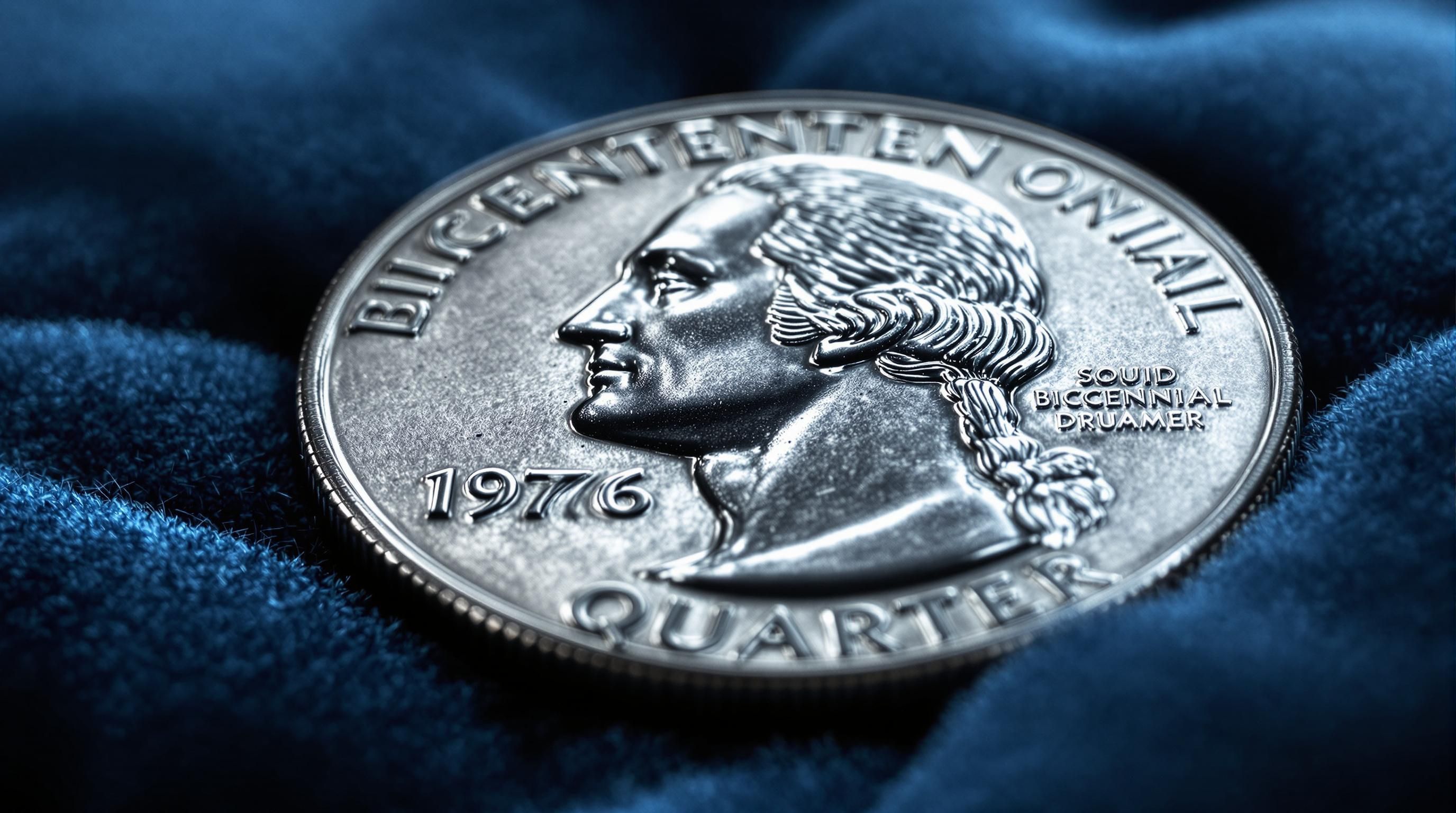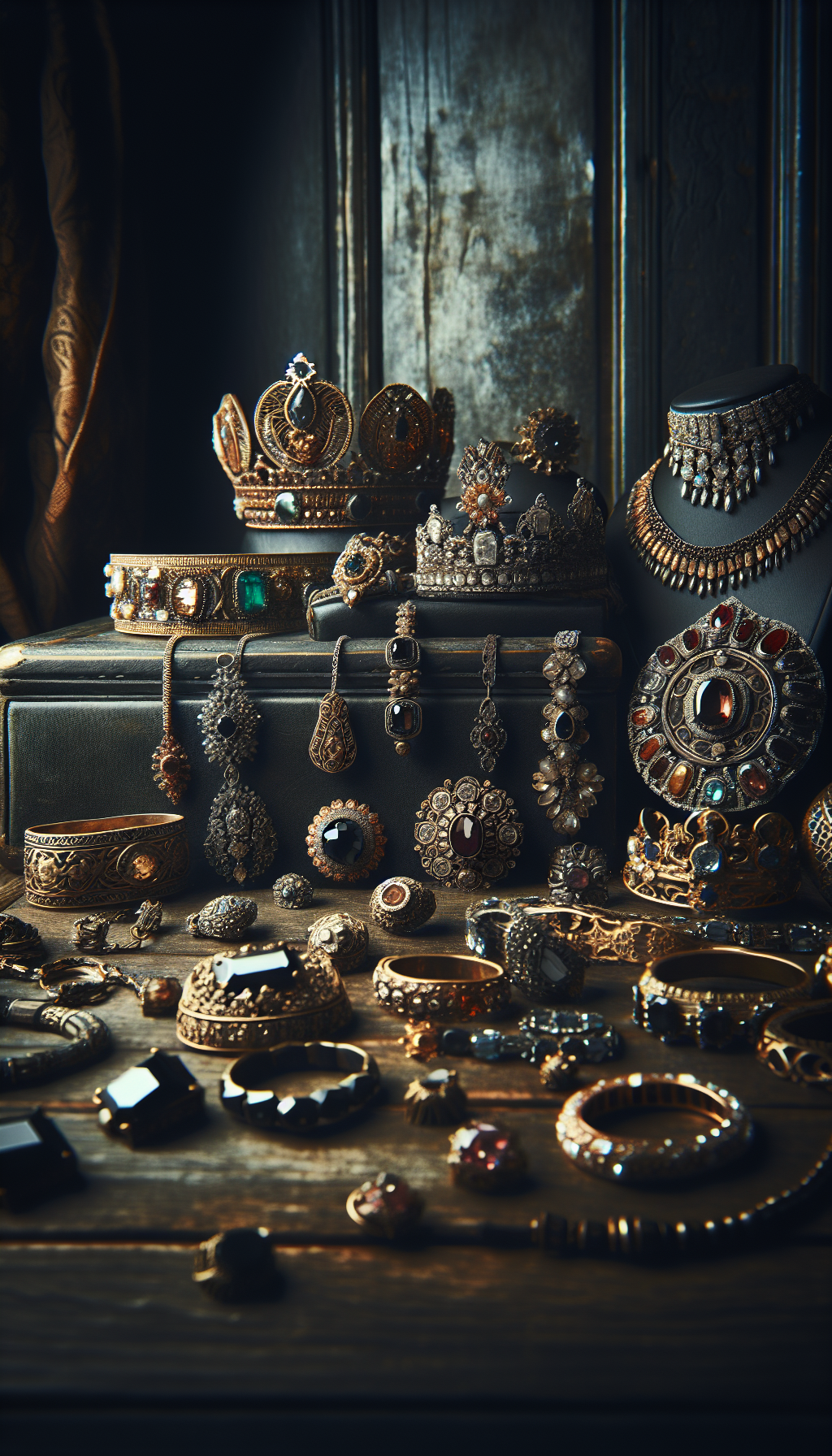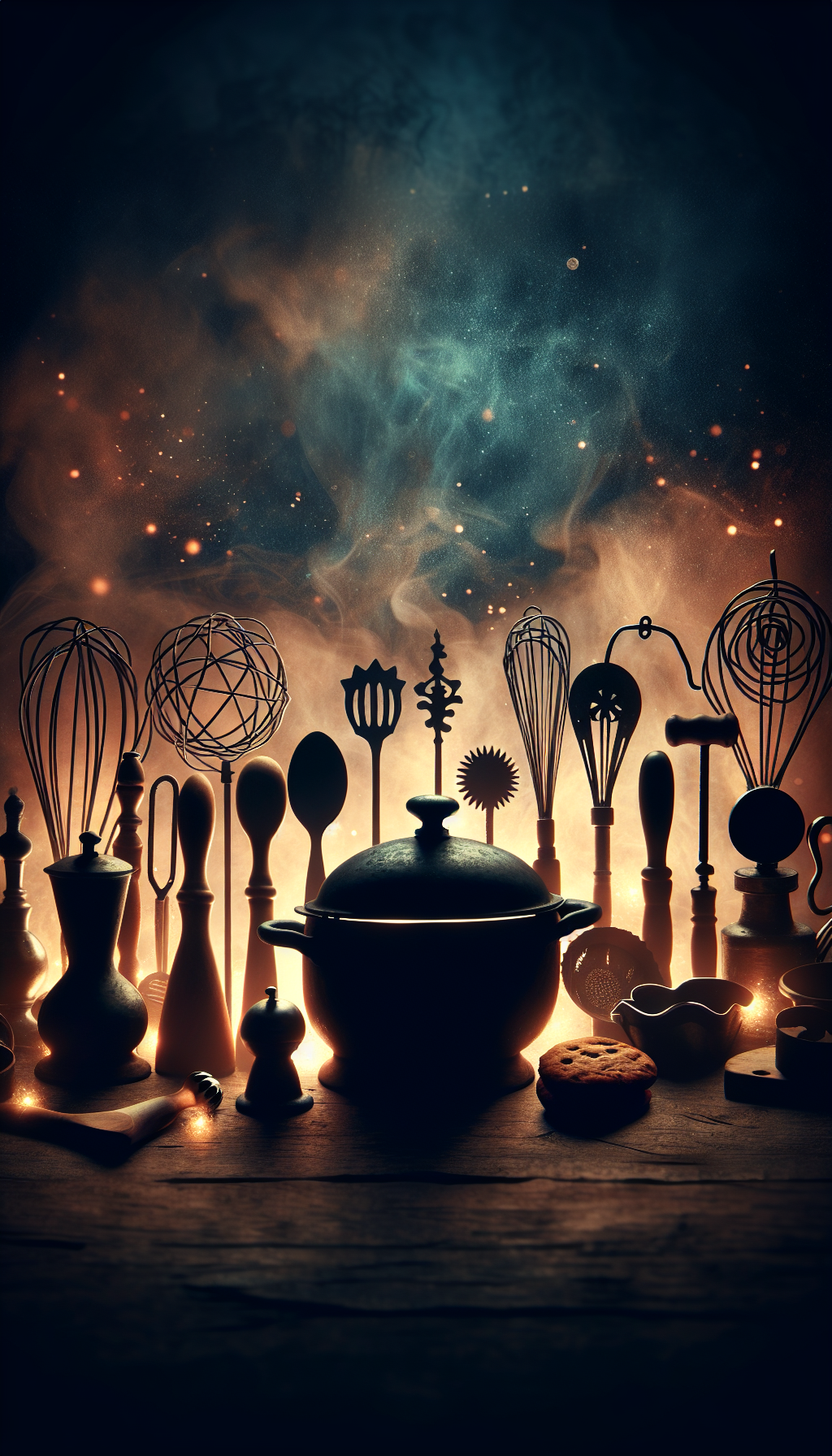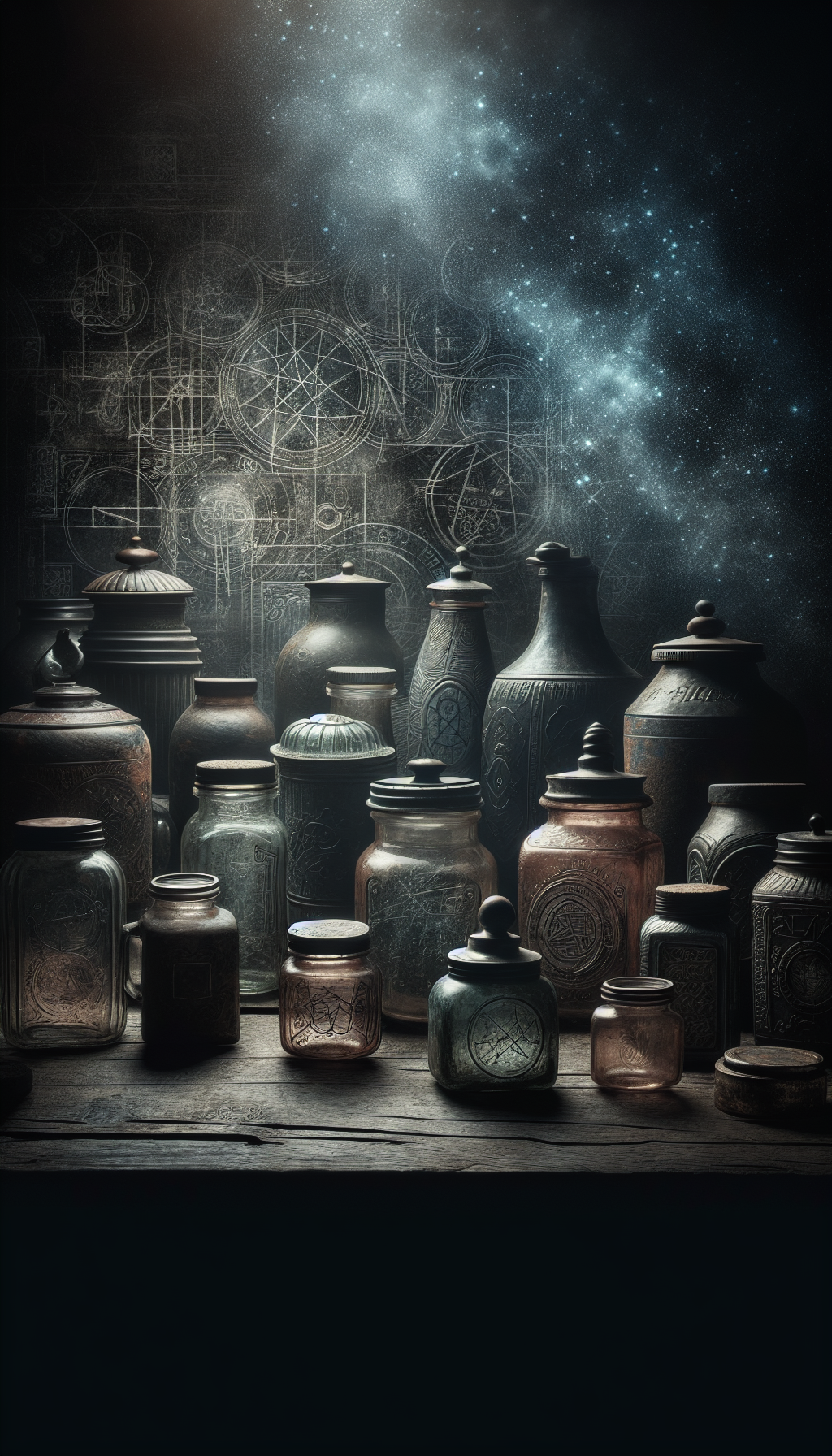Introduction to Bicentennial Quarters
If you’ve recently discovered a bicentennial quarter in your change or collection, you might be wondering about its potential value. This comprehensive guide will help you understand what makes certain 1976 quarters valuable and how to determine if yours might be worth more than 25 cents.
Bicentennial Quarter Key Facts
Production Period: 1975-1976
Date Displayed: 1776-1976
Composition: Copper-nickel clad (regular) or 40% silver (special issues)
Mintage: Over 1.6 billion combined
Designer: Jack Ahr (reverse design)
Face Value: 25 cents
History and Significance
The U.S. Mint held a design competition for the commemorative coins, with Jack Ahr’s colonial drummer boy design selected for the quarter. This marked the first significant design change to the quarter since the Washington quarter was introduced in 1932. Despite the “1976” date, production actually began in 1975, with all bicentennial quarters bearing the dual date regardless of when they were struck.
Bicentennial Quarter Timeline
- 1973
Design Competition Announced
The U.S. Treasury Department announces a competition for new reverse designs for the quarter, half dollar, and dollar coins to commemorate the nation's bicentennial. - 1974
Winners Selected
Jack Ahr's colonial drummer boy design is selected for the quarter reverse from over 880 submissions. - 1975
Production Begins
The U.S. Mint begins producing bicentennial quarters with the dual date "1776-1976." No quarters dated only "1975" were produced. - 1976
Production Continues
Minting continues through 1976, with both regular clad quarters for circulation and special 40% silver editions for collectors. - 1977
Regular Quarter Production Resumes
The U.S. Mint returns to the standard Washington quarter reverse design with quarters dated 1977.
Bicentennial Quarter Specifications and Design
The Bicentennial quarter shares the same physical specifications as other Washington quarters of this era:
- Diameter: 24.3 mm
- Weight: 5.67 grams (clad version); 5.75 grams (silver version)
- Edge: Reeded (ridged)
- Composition:
- Regular issue: Copper-nickel clad (75% copper, 25% nickel outer layer over a pure copper core)
- Silver issue: 40% silver, 60% copper
Design Elements
Obverse (Front):
- Portrait of George Washington
- Inscription “LIBERTY” above
- Dual date “1776-1976” below
- Motto “IN GOD WE TRUST” to the left
- Mint mark (if present) beneath Washington’s neck
Reverse (Back):
- Colonial drummer boy facing left
- Torch of victory encircled by 13 stars (representing the original colonies)
- Inscription “UNITED STATES OF AMERICA” above
- Denomination “QUARTER DOLLAR” below
- National motto “E PLURIBUS UNUM” to the left
Mint Marks and Varieties
Mint Marks
- No Mint Mark (Philadelphia): Produced for circulation; over 800 million minted
- D (Denver): Produced for circulation; over 860 million minted
- S (San Francisco): Produced both proof coins for collectors and some for circulation; lower mintage and generally more valuable
Composition Varieties
- Copper-Nickel Clad: The standard composition used for circulation coins
- 40% Silver: Special collector versions produced at the San Francisco Mint
The mint mark can be found on the obverse (front) side of the quarter, below Washington’s neck. If no mint mark is present, the coin was minted in Philadelphia.
Bicentennial Quarter Mintage Figures
Production totals by mint and composition
</tbody>
</table>
Bicentennial Quarter Values by Type
Standard Circulation Quarters (Copper-Nickel Clad)
Most Bicentennial quarters found in circulation are worth their face value of 25 cents. However, those in pristine, uncirculated condition can be worth more to collectors:
Regular Clad Bicentennial Quarter Values
Prices based on condition and mint mark (2025 values)
| Category | Price | Notes |
|---|---|---|
| 1976 (No Mint Mark) | 809,784,016 | Copper-Nickel (Regular) |
| 1976-D | 860,118,839 | Copper-Nickel (Regular) |
| 1976-S (Proof) | 7,059,099 | Copper-Nickel (Regular) |
| 1976-S (Silver Proof) | 4,149,730 | 40% Silver |
| 1976-S (Silver Uncirculated) | 11,000,000 | 40% Silver |
</tbody>
</table>
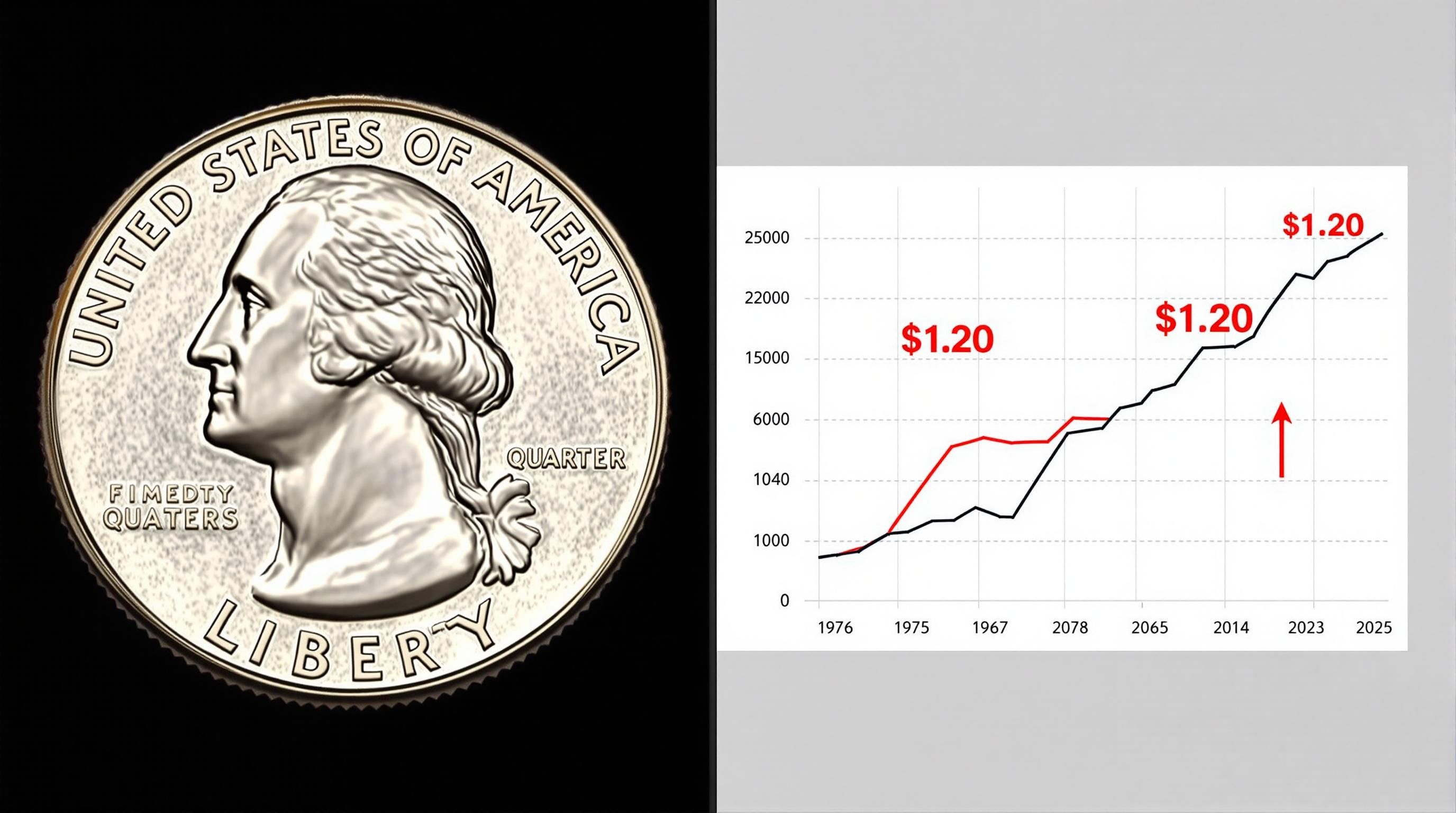
Silver Composition Quarters
The silver varieties were not released for circulation but sold directly to collectors in special mint sets. These quarters generally command higher premiums:
Silver Bicentennial Quarter Values
40% silver versions (2025 values)
| Category | Price | Notes |
|---|---|---|
| 1976 (No Mint Mark) | $0.25 | Circulated condition |
| 1976 (No Mint Mark) | $1-$5 | Uncirculated (MS63-MS65) |
| 1976 (No Mint Mark) | $26-$80 | High Grade (MS65-MS67) |
| 1976-D | $0.25 | Circulated condition |
| 1976-D | $1-$5 | Uncirculated (MS63-MS65) |
| 1976-D | $26-$80 | High Grade (MS65-MS67) |
| 1976-S (Proof) | $3-$15 | Regular proof conditions |
</tbody>
</table>
Rare and Valuable Bicentennial Quarter Errors

1. Double Die Errors
Double die errors occur when the die used to strike the coin receives a double impression during its creation, resulting in doubled design elements on the struck coins. These can be quite valuable, with prices ranging from $50 for minor doubling to several hundred dollars for prominent examples.
2. Off-Center Strikes
When a coin is struck while not properly centered between the dies, it creates an off-center strike. The value depends on the severity of the off-centering and whether the date and mint mark are still visible:
- 10-20% off-center: $25-$75
- 50% off-center (with date visible): $100-$300
- 70-90% off-center (with date visible): $300-$1,000+
3. Double Denomination Errors
One of the most valuable Bicentennial quarter errors is the double denomination error, where a quarter is struck over another denomination coin. A Bicentennial quarter struck on a dime planchet sold for $19,200 at auction, making it one of the most valuable modern error coins.
4. Silver Proof Errors
The most valuable Bicentennial quarters are generally rare error coins in the silver proof series:
Notable Bicentennial Quarter Error Values
Auction records for rare error coins
| Category | Price | Notes |
|---|---|---|
| 1976-S Silver Uncirculated | $5-$15 | Average condition |
| 1976-S Silver Uncirculated | $15-$100 | High grade (MS65-MS67) |
| 1976-S Silver Proof | $15-$25 | Regular proof condition |
| 1976-S Silver Proof Cameo | $25-$100 | With cameo contrast |
| 1976-S Silver Proof Deep Cameo | $100-$500+ | With strong deep cameo contrast |
</tbody>
</table>
Bicentennial Quarter Value Factors Checklist
Check applicable items to determine if your quarter might be worth more than face value
- Has S mint mark (San Francisco)
- Is uncirculated with no wear or contact marks
- Has 40% silver composition (heavier and no copper visible on edge)
- Shows doubling in lettering or design elements
- Has off-center strike
- Shows evidence of being struck on wrong planchet
- Has rotated die error (reverse is not oriented correctly)
- Is part of original government packaging
How to Identify Silver Bicentennial Quarters
- Mint Mark: All silver Bicentennial quarters have an “S” mint mark (San Francisco)
- Weight: Silver quarters weigh approximately 5.75 grams vs. 5.67 grams for clad
- Edge Examination: The edge of a silver quarter will not show the copper core visible on clad quarters
- Original Packaging: Many silver quarters were sold in special Treasury Department packaging
- Tone and Color: Silver quarters often have a slightly different color tone than clad versions
It’s important to note that not all “S” mint mark quarters are silver - San Francisco also produced clad proof versions. The most reliable method is checking the edge for the absence of a copper core layer.
Where to Sell Valuable Bicentennial Quarters
Local Coin Dealers: Professional numismatists can appraise and purchase your coins. They typically offer less than retail value but provide immediate payment.
Online Marketplaces: Platforms like eBay allow you to reach a wide audience of collectors. However, you’ll need to handle shipping and may encounter fees.
Coin Shows: These events bring together dealers and collectors, providing multiple potential buyers for your coins.
Online Coin Forums: Sites like CoinTalk have marketplaces where you can connect with collectors interested in Bicentennial quarters.
Auction Houses: For extremely rare or valuable error coins, specialized numismatic auction houses may be your best option to maximize value.
For common Bicentennial quarters in average condition, it’s often best to hold onto them as interesting historical pieces rather than selling them for face value.
Common Questions About Bicentennial Quarter Values
How much is a 1776-1976 Bicentennial quarter worth today?
The value of a Bicentennial quarter depends on its condition, mint mark, and composition:
- Most circulated Bicentennial quarters are worth face value (25 cents)
- Uncirculated examples can be worth $1-$5
- Silver composition quarters (with S mint mark) typically range from $5-$25
High-grade specimens or those with errors can be worth significantly more, from $100 to over $19,000 for extremely rare error coins
How can I tell if my Bicentennial quarter is silver?
To identify a silver Bicentennial quarter:
- Check for an "S" mint mark under Washington’s neck
- Examine the edge - silver quarters won’t show a copper core like clad quarters
- Weigh the coin - silver quarters weigh 5.75 grams vs 5.67 grams for clad
- Look for original government packaging, as silver quarters were only sold in special sets
Remember that not all "S" mint quarters are silver, as San Francisco also produced clad proofs.
What makes a Bicentennial quarter rare or valuable?
Factors that make a Bicentennial quarter more valuable include:
- Silver composition (40% silver versions)
- Pristine, uncirculated condition (MS67 or higher)
- Strong strike with full design details
- Error varieties (double dies, off-center strikes, wrong planchets)
- Cameo or deep cameo contrast on proof coins
- Original government packaging for proof and mint sets
The most valuable Bicentennial quarters are those with major errors or special presentation versions in perfect condition.
How much are 1976 Bicentennial quarters worth with no mint mark?
Bicentennial quarters with no mint mark were produced at the Philadelphia Mint in enormous quantities (over 800 million). In circulated condition, they're generally worth face value (25 cents).In uncirculated condition (no wear):
- MS63-MS65: $1-$5
- MS66: $15-$25
- MS67: $80-$100
- MS68 or better: $500+
Without a mint mark, only exceptional examples in pristine condition or with errors have significant premium value.
Where is the mint mark on a Bicentennial quarter?
The mint mark on a Bicentennial quarter is located on the obverse (front) side of the coin, directly below Washington's neck.
- No mint mark indicates the Philadelphia Mint
- "D" indicates the Denver Mint
- "S" indicates the San Francisco Mint
The "S" mint mark is particularly important as it appears on both the more valuable silver versions and regular clad proof versions.
Are Bicentennial quarters still in circulation?
Yes, Bicentennial quarters are still frequently found in circulation today. With over 1.6 billion produced between the Philadelphia and Denver mints, they remain a common find in pocket change.
The silver versions were never released for circulation and were only available in special collector sets, so finding one of these in circulation would be extremely unlikely.
How can I tell if my Bicentennial quarter has a valuable error?
To identify potentially valuable Bicentennial quarter errors, look for:
- Doubled features in the lettering or design elements
- Off-center strikes where the design isn’t properly centered
- Missing design elements or die cracks
- Wrong planchet errors (quarter struck on a different denomination coin blank)
- Rotated dies (reverse is not properly aligned with obverse)
For accurate identification of valuable errors, consider having the coin examined by a professional numismatist or submitting it to a third-party grading service.
Conclusion: Are Your Bicentennial Quarters Worth Keeping?
For the average collector, Bicentennial quarters represent an accessible and historically significant part of American numismatic history. Their distinctive design commemorating the nation’s 200th birthday makes them worth keeping regardless of monetary value.
If you believe you have a potentially valuable Bicentennial quarter, consider having it professionally evaluated by a reputable coin dealer or third-party grading service. This will provide you with a definitive assessment of its authenticity, condition, and market value.
Whether your Bicentennial quarters are worth face value or hundreds of dollars, they remain an important piece of American coinage history that connects us to the celebration of the nation’s bicentennial.
External Resources for Bicentennial Quarter Research
SD Bullion Bicentennial Quarters Value Chart
Comprehensive guide to Bicentennial quarter values with detailed price information and mintage data.
The Silver Picker: Bicentennial Quarter Values
Detailed analysis of what makes certain Bicentennial quarters valuable to collectors in today's market.
Coin Value Checker: Rare Bicentennial Quarters
Reference guide to the most valuable Bicentennial quarter varieties and what makes them special.
Benzinga: Investing in the 1776-1976 Bicentennial Quarter
Analysis of Bicentennial quarters as collectibles with current market valuations.
Reddit r/coincollecting: Bicentennial Quarter Discussions
Community discussions about collecting and valuing Bicentennial quarters with collector insights.
Get a Professional Appraisal
Unsure about your item’s value? Our certified experts provide fast, written appraisals you can trust.
- Expert report with photos and comps
- Fast turnaround
- Fixed, upfront pricing
No obligation. Secure upload.
| Category | Price | Notes |
|---|---|---|
| 1976-S Silver Proof Regular Strike | $19,200 | Sold at auction in 2019 |
| 1976-S Silver Proof | $13,500 | Rare specimen with strong cameo contrast |
| Double Denomination (Quarter on Dime) | $19,200 | Quarter struck over a Roosevelt dime |
| Bicentennial quarter struck on cent planchet | $2,500-$5,000 | Wrong planchet error |
